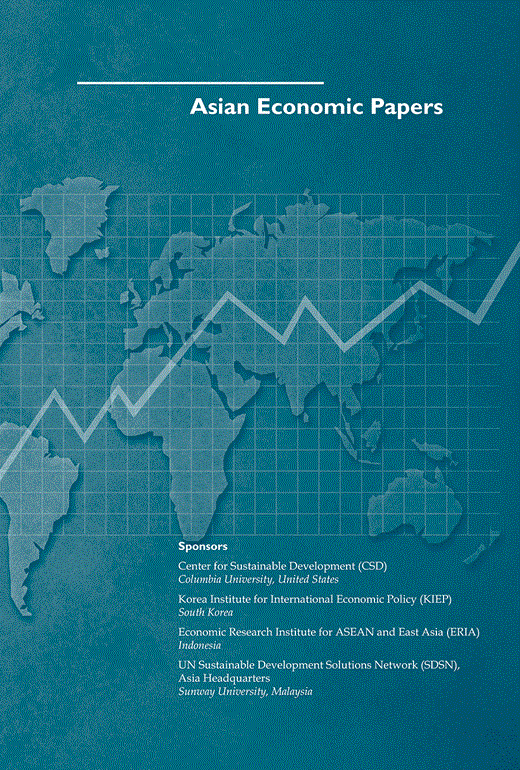Dissimilar FTA Strategies of Japan and the United States: An Analysis of the Product-Specific Rules of Origin
IF 5.3
3区 经济学
Q1 ECONOMICS
引用次数: 0
Abstract
Abstract This paper investigates the trade restrictiveness of product-specific rules of origin (PSRs) in the comprehensive sets of free trade agreements (FTAs) for Japan and the United States, focusing on their similarities and dissimilarities. The most distinctive dissimilarities are the major PSR types and their variation among FTAs. Japan's FTAs use the selective type (“change in tariff classification [CTC] or regional value content [RVC]”) most intensively. In contrast, a few U.S. FTAs use RVC and others use CTC most intensively, and the distribution of simplified PSR types appears to be almost the same among FTAs in each group. The detailed PSR types, however, are likely to be more heterogeneous and complicated in U.S. FTAs than in Japan's FTAs. Such dissimilar features are more salient in machinery sectors with dense global value chains (GVCs)/international production networks (IPNs). The quantitative estimates suggest that the selective types utilized by Japan for most machinery products are much less trade-restrictive, while certain complicated types adopted by the United States for many machinery products are substantially trade-restrictive. Our detailed investigation revealed the two countries’ contrasting strategies, namely, Japan appears to aggressively utilize FTAs with less restrictive PSRs to enhance GVCs/IPNs, while the United States tends to make PSRs more restrictive and complicated in detail as a sort of disguised protection tool.日美两国不同的FTA战略:产品特定原产地规则分析
摘要本文研究了日本和美国自由贸易协定(fta)中产品特定原产地规则(PSRs)的贸易限制,重点分析了它们的异同。最显著的差异是主要的PSR类型及其在自贸协定之间的差异。日本的自由贸易协定最集中地使用了选择性类型(“改变关税分类[CTC]或区域价值含量[RVC]”)。相比之下,少数美国自由贸易协定使用RVC,而其他自由贸易协定则最密集地使用CTC,并且每组自由贸易协定中简化PSR类型的分布似乎几乎相同。然而,与日本的自由贸易协定相比,美国自由贸易协定中具体的PSR类型可能更加多样化和复杂。在具有密集的全球价值链(GVCs)/国际生产网络(ipn)的机械行业中,这种差异特征更为突出。定量估计表明,日本对大多数机械产品采用的选择性类型对贸易的限制要小得多,而美国对许多机械产品采用的某些复杂类型则对贸易有很大限制。我们的详细调查揭示了两国截然不同的战略,即日本似乎积极利用具有较少限制性psr的自由贸易协定来增强全球价值链/ ipn,而美国倾向于使psr在细节上更具限制性和复杂性,作为一种变相的保护工具。
本文章由计算机程序翻译,如有差异,请以英文原文为准。
求助全文
约1分钟内获得全文
求助全文
来源期刊

Asian Economic Papers
ECONOMICS-
CiteScore
7.50
自引率
0.00%
发文量
16
期刊介绍:
The journal Asian Economic Papers (AEP) is supported by several prominent institutions, including the Center for Sustainable Development at Columbia University in the United States. This shows that there is a strong emphasis on sustainable development within the journal's scope. Additionally, the Korea Institute for International Economic Policy in South Korea, the UN Sustainable Development Solutions Network (SDSN) in Malaysia, and the Economic Research Institute for ASEAN and East Asia in Indonesia also sponsor AEP. The articles published in AEP focus on conducting thorough and rigorous analyses of significant economic issues pertaining to specific Asian economies or the broader Asian region. The aim is to gain a deeper understanding of these issues and provide innovative solutions. By offering creative solutions to economic challenges, AEP contributes to the discourse and policymaking that impact the Asian economies and region as a whole.
 求助内容:
求助内容: 应助结果提醒方式:
应助结果提醒方式:


